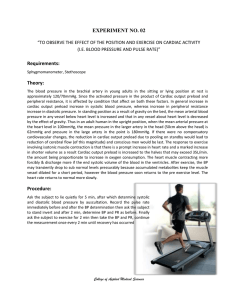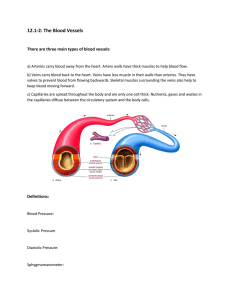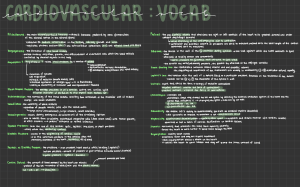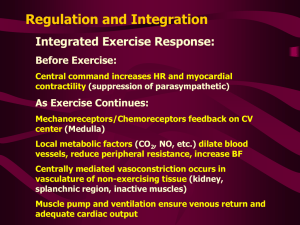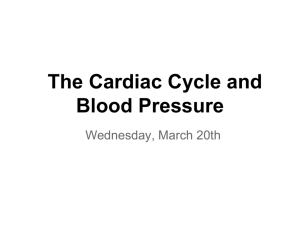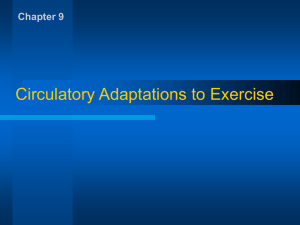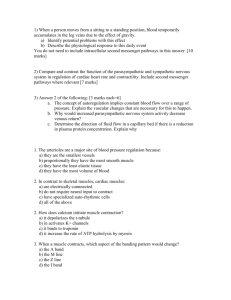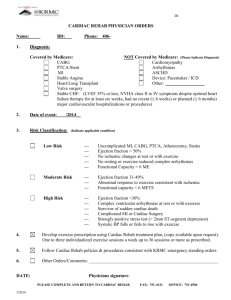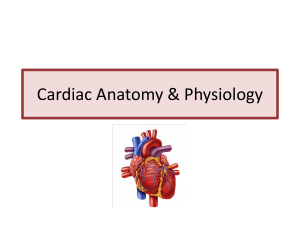Study Guide Test 2
advertisement
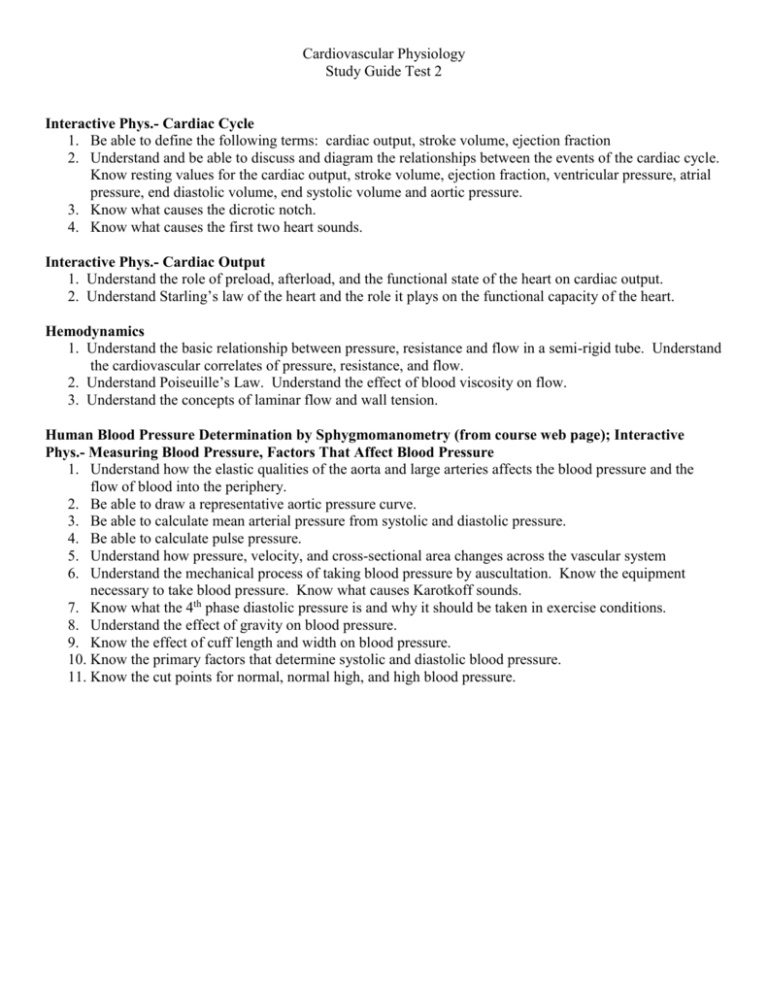
Cardiovascular Physiology Study Guide Test 2 Interactive Phys.- Cardiac Cycle 1. Be able to define the following terms: cardiac output, stroke volume, ejection fraction 2. Understand and be able to discuss and diagram the relationships between the events of the cardiac cycle. Know resting values for the cardiac output, stroke volume, ejection fraction, ventricular pressure, atrial pressure, end diastolic volume, end systolic volume and aortic pressure. 3. Know what causes the dicrotic notch. 4. Know what causes the first two heart sounds. Interactive Phys.- Cardiac Output 1. Understand the role of preload, afterload, and the functional state of the heart on cardiac output. 2. Understand Starling’s law of the heart and the role it plays on the functional capacity of the heart. Hemodynamics 1. Understand the basic relationship between pressure, resistance and flow in a semi-rigid tube. Understand the cardiovascular correlates of pressure, resistance, and flow. 2. Understand Poiseuille’s Law. Understand the effect of blood viscosity on flow. 3. Understand the concepts of laminar flow and wall tension. Human Blood Pressure Determination by Sphygmomanometry (from course web page); Interactive Phys.- Measuring Blood Pressure, Factors That Affect Blood Pressure 1. Understand how the elastic qualities of the aorta and large arteries affects the blood pressure and the flow of blood into the periphery. 2. Be able to draw a representative aortic pressure curve. 3. Be able to calculate mean arterial pressure from systolic and diastolic pressure. 4. Be able to calculate pulse pressure. 5. Understand how pressure, velocity, and cross-sectional area changes across the vascular system 6. Understand the mechanical process of taking blood pressure by auscultation. Know the equipment necessary to take blood pressure. Know what causes Karotkoff sounds. 7. Know what the 4th phase diastolic pressure is and why it should be taken in exercise conditions. 8. Understand the effect of gravity on blood pressure. 9. Know the effect of cuff length and width on blood pressure. 10. Know the primary factors that determine systolic and diastolic blood pressure. 11. Know the cut points for normal, normal high, and high blood pressure.

